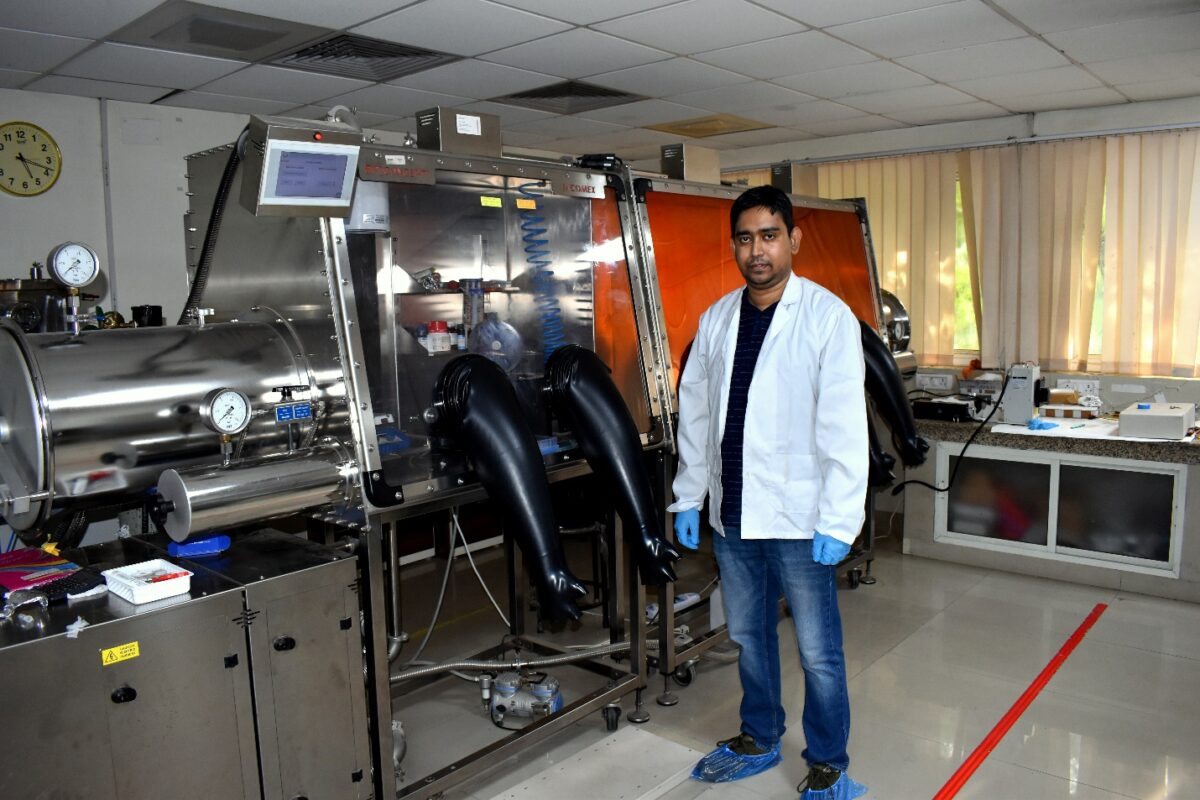Presently, crystalline silicon (c-Si) solar cells have maintained their dominance among global PV products for 40 years, securing over 95% of the market share. As the efficiency of Si solar cells nears the conventional thermodynamic detailed balance limit of 33.5%, achieving further improvements becomes progressively challenging.
High energy demands during production, along with resulting carbon dioxide emissions, alongside limited avenues for efficiency gains, underscore the push for innovation in device processing and architectures.
With a pressing demand for expanded solar energy generation, there is a critical imperative to enhance the deployment of current PV technologies and to forge ahead with developing future PV technologies that are more efficient, easier to manufacture, and have lower embodied energy.
Over the past decade, organic-inorganic hybrid perovskites (OIHPs) have led significant advancements in low-cost optoelectronic semiconductors, particularly in photovoltaics, achieving remarkable power conversion efficiencies (PCEs) surpassing 26%. Taking into account the practical considerations like cost, preparation methods, and industry status, the synergy of perovskite with crystalline silicon (c-Si) emerges as the most viable tandem configuration.
A research group at the Indian Institute of Technology Roorkee is developing high-efficiency silicon-perovskite tandem solar cells for next-generation, low-cost and high-efficiency power generation.
The team, led by Prof. Satapathi, has fabricated 4-terminal silicon-perovskite tandem solar cells with power conversion efficiency of 28%. This has been achieved by improvement in the efficiency of wide-bandgap perovskite solar cells and improvement over the device engineering. One of the team’s major achievements is the development of highly efficient and stable perovskite solar cells. The researchers have successfully integrated these perovskite cells with commercial PERC silicon solar cells.
“These perovskite and silicon solar cells are electrically connected in a 4-terminal configuration. Light is illuminated from the top perovskite solar cells and filtered through it. A perovskite top layer with a bandgap of around 1.8eV absorbs light in the visible range and passes near-IR light which is absorbed by the bottom silicon solar cells. Consequently, the efficiency increases to 28% of the tandem solar cells from 20% of the only-silicon solar cells,” Prof. Satapathi told pv magazine.
Prof. Satapathi said they are now scaling up this technology to match 18.2 cm x 18.2 cm, commercial M10 solar cells dimension. This is being done by large-area perovskite solar cell fabrication using Slot-Die coating, a technique used for fabricating perovskite mini-module.
Their team is also working on improving balance-of-system to lower the cost.
Prof. Satapathi said they expect in another one year to achieve 30% efficient tandem solar cells on commercial size. Based on their success, their team has established Perovskite Innovation Pvt Ltd, a start-up which is exclusively working on this technology.
This content is protected by copyright and may not be reused. If you want to cooperate with us and would like to reuse some of our content, please contact: editors@pv-magazine.com.









Organic inorganic hybrid! Inorganic is silicon of course, but organic! What material is being utilised?